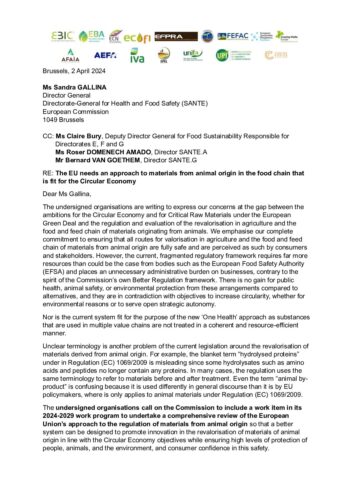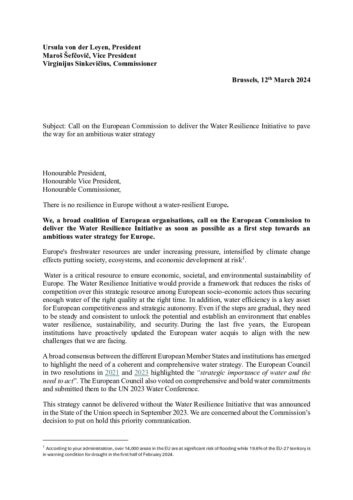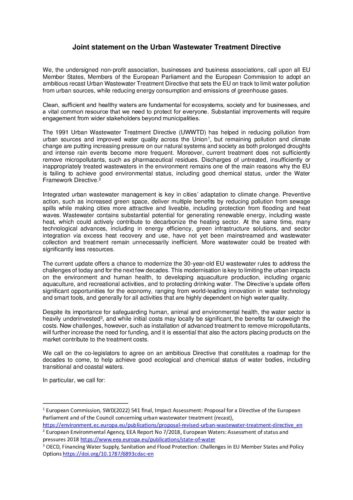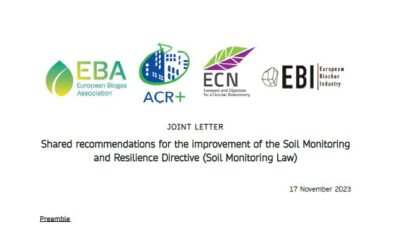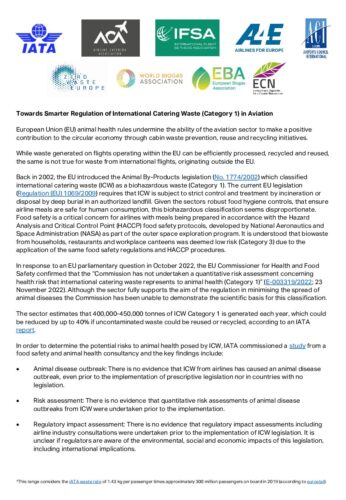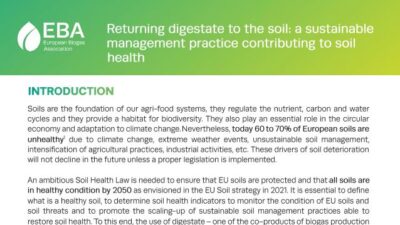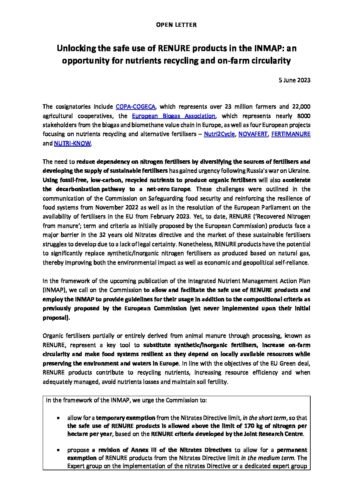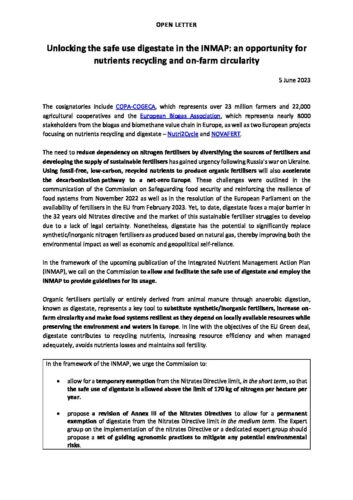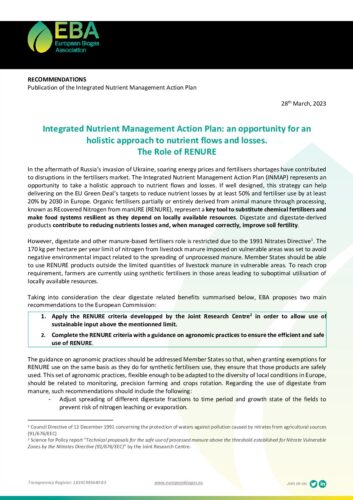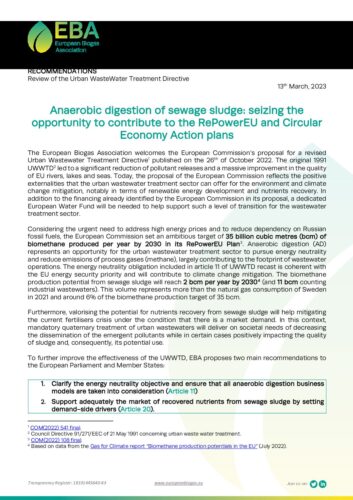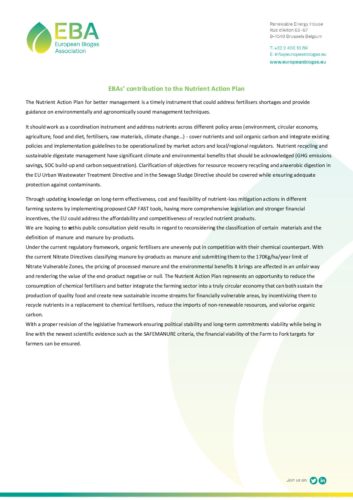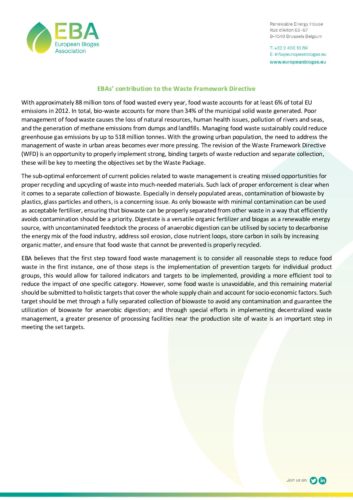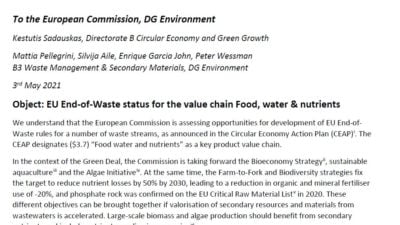Overview

The biogas plant is the hub of the circular economy. Streams of materials previously regarded as waste, from industrial processes, water management and agriculture can be channelled through biogas digesters and converted into renewable energy, nutrient-rich organic fertiliser and novel materials (IEA, 2018). Achieving a circular economy, restorative and regenerative by design, will be a building block of the EU’s carbon neutral future. Adding value to agricultural residues helps avoid emissions, increases income for farmers and ensures rural communities are included in the climate transition.
Impact
Ensuring the viability of the circular bioeconomy model takes solid policy coordination, allowing for legal certainty. Waste legislation, policies on the commercialisation of fertilisers and sustainability requirements in the renewable energy policies must converge towards a resource efficiency objective, providing market actors with clear drivers and guidance. The recent indicative target to step up biomethane production must be accompanied by drivers to improve market access for co-products.
Our ambition
- To achieve a sound policy framework that gives legal certainty to current and future investments.
- To prevent incineration and landfilling of biowaste, including sewage sludge; and to enforce the mandatory separate collection of all streams of biowaste.
- To remove unnecessary regulatory barriers, by way of more efficient harmonisation of rules, safe treatment of animal by-products and derived products, ensuring the valorisation of by-products of biogas production for soil regeneration and nutrient recycling.
- To set comprehensive rules and drivers for CO2 use, storage and carbon farming practices.


